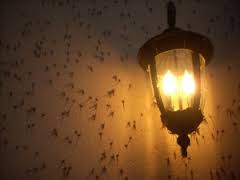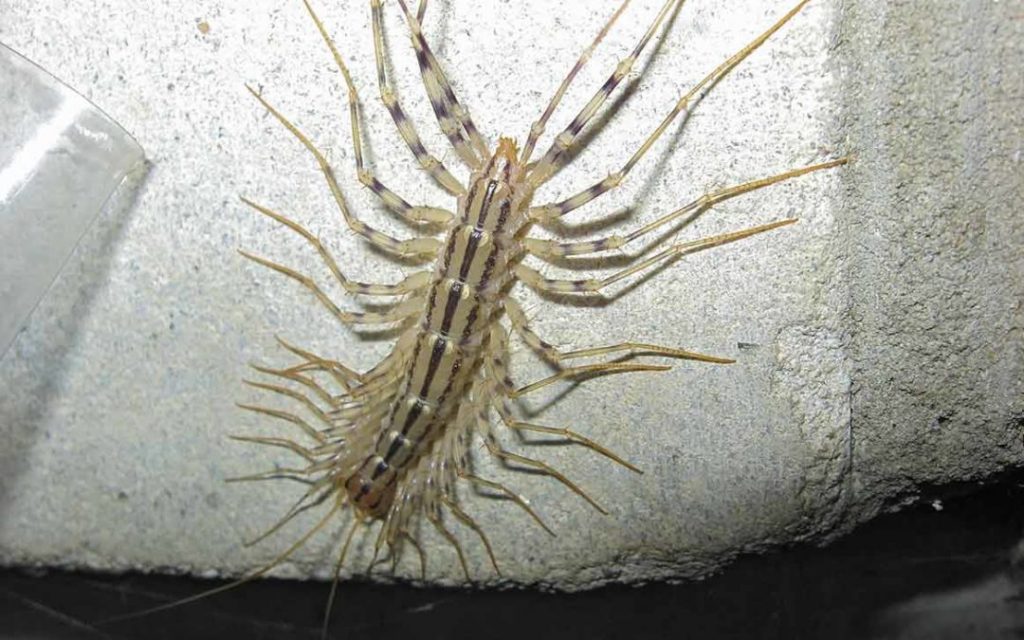Why are Bugs Attracted to Light?
We’ve all noticed the strange phenomenon. Maybe you’re sitting out one beautiful clear evening with a group of friends chatting away. At first it feels as if you’re enjoying what you’re hoping will be a bug-less night, but all of a sudden it’s as if bugs are having a party of their own, and they’ve all convened around your light source. What gives? Why are bugs attracted to light? Although nothing has been proven as of yet, there are numerous interesting theories that could ultimately determine why exactly certain species of insects are attracted to our campfires, light bulbs, and candles.
The word phototaxis describes an organism’s response to light. This could describe an insect that’s attracted to light, like a moth, which moves towards the light source, or an insect that moves away from light, like a cockroach that scrambles away fast as soon as a light source is provided. The moth would have positive phototaxis, while the cockroach would have negative phototaxis.
There is a theory that, with regards to positive phototaxis, the unnatural light sources causes a mix up or interference with the insect’s navigation system. Nocturnal insects like moths evolved using natural light sources (the stars and the moon, for example) to navigate their way through the environment. They navigate by keeping their bodies aligned at a specific angle from the light. With regards to the moon, or stars, they’re so far away that the angle stays constant while the moth flies through the air. This obviously isn’t the case with regards to a smaller light source; light a light bulb or a burning candle. As the insect flies along, it attempts to keep itself aligned at the angle it wants but the angle keeps changing and sometimes this results in the confusing circling of the insect.
Another theory is that the insect sees the light source and assumes a clear pathway exists. It flies right towards the light source and often ends up crashing right into the bulb or fire.
Some argue that UV light is the culprit. Many flowers reflect UV light, and since bugs often feed from flowers, when an artificial light source also emits even small amounts of UV, the insects assume that a food source lies ahead. They keep flying around the light source in the frustrating dance of attempting to find the food that never does make an appearance.
Interestingly enough, it has also been suggested that certain bugs, like male moths, assume the light source is a female moth and rush towards it. Female moths and artificial light share some common frequencies with regards to the light spectrum given by (for example) candle flames and the moth’s pheromones. A female moth’s pheromones are actually (although weakly) luminescent and the male moth recognizes the light as a potential date.
There are no definite explanations, and each theory has its problems, but scientists continue to study and discover new and interesting things about a bug’s attraction to light sources.




